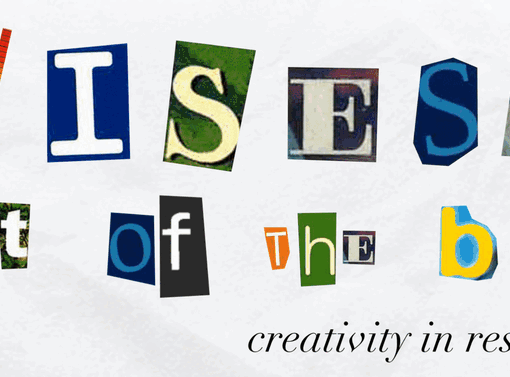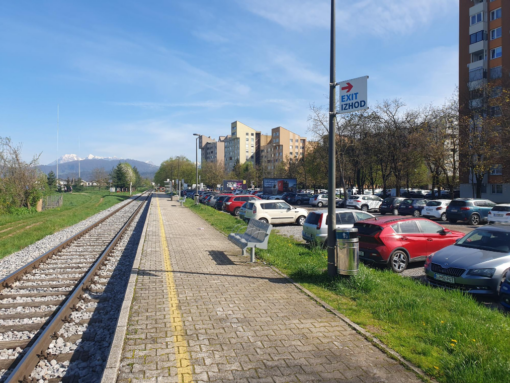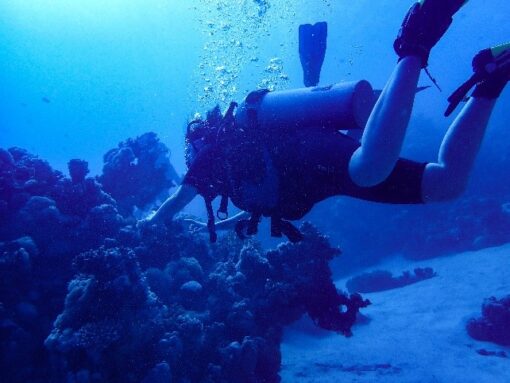Our “greying world”: In her blogpost Reynalda Cordova, doctoral student at the department of Nutritional Sciences, addresses the connection between the way we eat and cancer risk, or potential cancer development pathways in terms of aging.
Let’s start with the good news; population aging is one of humanity’s greatest achievements. The bad news is it causes at the same time enormous challenges for us.
All over the world, the older population is currently growing at an accelerating rate. Right now, for the first time in history, the majority of people can expect to live into their sixties and beyond. By 2050, there will be two billion people over the age of 60 in our world (see figure 1), and 80% of them will live in low-and middle-income countries.

To experience aging as a positive development, it has to be accompanied by supporting good health and providing opportunities for participation and security. These key points can be summarized by the term “active aging”.
What is active aging?
The term “active” emphasizes the importance of obtaining self-determination throughout the life course. It is much more than just the lack of physical disabilities, even though it is an important part of it. The overall goal is to remain being an active contributor to society, family, and peers, while having suitable protection, care and security, if needed.
Don’t forget: yesterday’s child is today’s adult and tomorrow’s senior.
That means, actions that create a supportive environment and promote healthy choices are crucial at all stages of life. As we age, noncommunicable diseases (NCDs) become our biggest enemy by representing the leading causes of morbidity, disability and mortality in all regions over the world.
What are NCDs?
Noncommunicable diseases (NCDs) are chronic health conditions which are not passed from one person to another compared to infection diseases.
The risk of developing NCDs increase with advancing age; nevertheless, all age groups as well as regions and countries are affected by NCDs.
There are 4 main types of NCDs:
- Cardiovascular diseases
- Cancer
- Respiratory diseases
- Diabetes
Cancer
Globally, cancer development is the second most-common cause of noncommunicable disease deaths. In 2012, around 14 million new cases and 8 million deaths were recorded. It is projected that by 2030 approximately 22 million new cancer cases and 13 million cancer-related deaths will arise annually.
In very simple terms; cancer emerges when cells of your body divide without control. They are stopping and consequently spreading into other surrounded body tissues. Given the fact that our body consists of trillions of cells, it is easy to understand that cancer development can happen almost everywhere in our body. This unregulated cell division stands in contrast to the “normal” or healthy mechanism, where human cells grow and divide when the body needs them. Usually, when cells grow old or get damaged, they die, and new cells replace them.
If cancer develops, this is not the case. As cells become progressively abnormal, old or damaged, they survive even though they should actually die. Simultaneously, new cells get produced without needing them, they can divide without control and may lead to cell growths, or better known as tumors.
Risk Factors
Looking at NCDs, including cancer, there are unmodifiable and modifiable risk factors. Examples of unmodifiable factors are age or family history. Modifiable behavior risk factors include tobacco and alcohol use, physical (in)activity, or nutrition and diet.
Considering the fact that nutrition plays a crucial role from birth to death in everyone’s life, not only when growing up and by providing constant energy supply, but also for health prevention, it represents one of the major modifiable lifestyle risk factors.

Diet: an important determinant of active aging and cancer prevention
The prevalence of overweight and obesity represents another unique burden worldwide. Our diet has the greatest impact on those conditions. Moreover, there is a complex interplay of our food intake and dietary patterns on long-term weight control and our metabolic health. Our food choices and eating habits influence various biological pathways in our body. The way we eat can help or hinder how our body works and how it copes with aging and age-related diseases.
Research on specific nutrients and foods deliver important insight information on diet and also cancer development, but knowledge about overall dietary patterns probably provides the most practical guidance for individuals and policies.
Conclusion
In summary, it can be said achieving a healthy dietary pattern from an early age on, which includes abundant intake of vegetables and fruits, whole grains rather than refined grains, as well as sources of plant based-protein and simultaneously low intake of red meat, ultra-processed foods including sugar-sweetened beverages and salt, will support aging in an active way and reduce risk of cancer development as well as cardiovascular disease, diabetes, and overall mortality.
The current semester question focuses on the future of substances.
All current contributions by the University of Vienna’s academics can be found in the uni:view magazine or on our social media channels under #SEMESTERFRAGE.
References
- Ageing and health (2020). Available online at https://www.who.int/news-room/fact-sheets/detail/ageing-and-health, updated on 9/10/2020, checked on 9/14/2020.
- cancers-associated-with-obesity-infographic-enlarge.gif (GIF Image, 1400 × 1695 pixels) – Scaled (55%) (2020), updated on 8/1/2020, checked on 9/14/2020.
- National Cancer Institute (2020a): Risk Factors for Cancer. Available online at https://www.cancer.gov/about-cancer/causes-prevention/risk, updated on 9/11/2020, checked on 9/14/2020.
- National Cancer Institute (2020b): Obesity and Cancer Fact Sheet. Available online at https://www.cancer.gov/about-cancer/causes-prevention/risk/obesity/obesity-fact-sheet#what-is-known-about-the-relationship-between-obesity-and-cancer-, updated on 9/12/2020, checked on 9/14/2020.
- Non communicable diseases (2020). Available online at https://www.who.int/news-room/fact-sheets/detail/noncommunicable-diseases, updated on 9/12/2020, checked on 9/14/2020.
- World Cancer Research Fund (2018): Body fatness & weight gain. Available online at https://www.wcrf.org/dietandcancer/exposures/body-fatness, updated on 6/19/2019, checked on 9/14/2020.
- World Health Organization (2020): Active ageing: a policy framework. World Health Organization. Available online at https://www.who.int/ageing/publications/active_ageing/en/, updated on 9/14/2020, checked on 9/14/2020.




